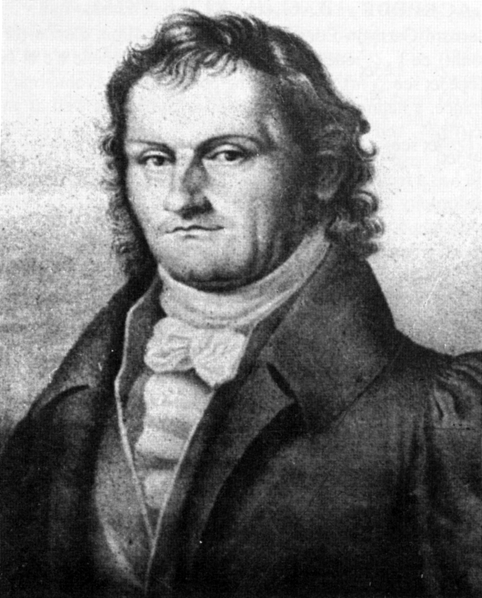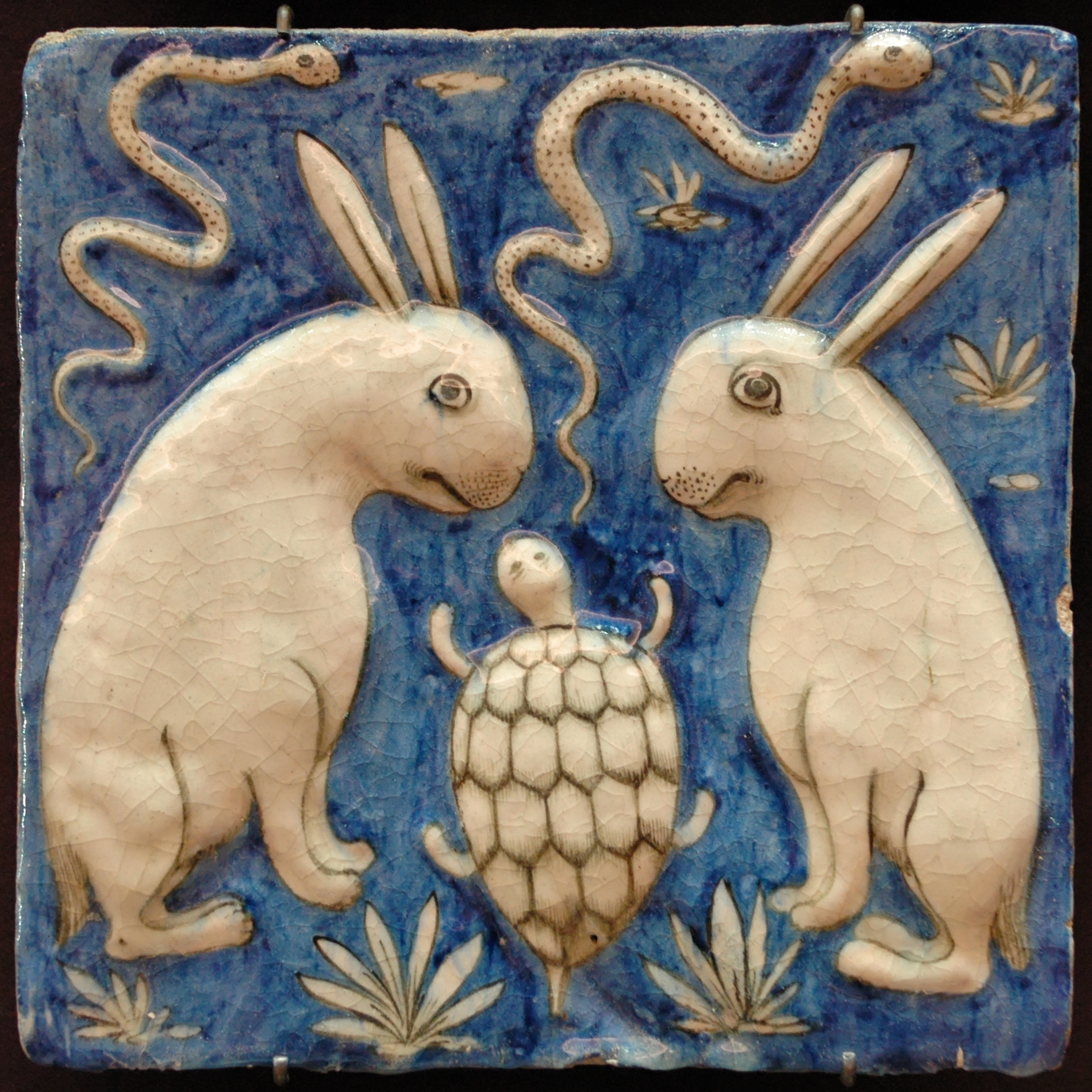|
Testudinoidea
Testudinoidea is a superfamily within the suborder Cryptodira of the order Testudines. It includes the pond turtles (Family: Emydidae), Asian turtles (Family: Geoemydidae), the monotypic big-headed turtle (Family: Platysternidae), and the tortoises (Family: Testudinidae). Systematics A 2021 study found the clade to be divided into two extant groups: Testuguria, containing Geoemydidae and Testudinidae; and Emysternia, containing Emydidae and Platysternidae. The extinct Lindholmemydidae, formerly classified in Testudinoidea, may fall outside the crown group of Testudinoidea, although there is not yet enough evidence for this. * Pantestudinoidea **Lindholmemydidae? **Testudinoidea ***'' Wutuchelys'' *** Haichemydidae *** Sinochelyidae *** Testuguria **** Geoemydidae **** Testudinidae *** Emysternia **** Emydidae Emydidae (Latin ''emys'' (freshwater tortoise) + Ancient Greek εἶδος (''eîdos'', “appearance, resemblance”)) is a family of testudines (turtles) that ... [...More Info...] [...Related Items...] OR: [Wikipedia] [Google] [Baidu] |
Haichemydidae
Haichemydidae is an extinct family of turtles that belongs to the superfamily Testudinoidea Testudinoidea is a superfamily within the suborder Cryptodira of the order Testudines. It includes the pond turtles (Family: Emydidae), Asian turtles (Family: Geoemydidae), the monotypic big-headed turtle (Family: Platysternidae), and the torto .... Its only genus is '' Haichemys''. References {{Testudines Testudinoidea Extinct turtles ... [...More Info...] [...Related Items...] OR: [Wikipedia] [Google] [Baidu] |
Lindholmemydidae
Lindholmemydidae is an extinct family of turtles in the Testudinoidea. Genera *'' Amuremys'' *'' Elkemys'' *'' Gravemys'' *'' Hongilemys'' *'' Khodzhakulemys'' *'' Mongolemys'' *'' Paragravemys'' *'' Paramongolemys'' *'' Shandongemys'' References Testudinoidea Extinct turtles {{paleo-turtle-stub ... [...More Info...] [...Related Items...] OR: [Wikipedia] [Google] [Baidu] |
Sinochelyidae
Sinochelyidae is an extinct family of Testudinoidea turtle Turtles are an order of reptiles known as Testudines, characterized by a special shell developed mainly from their ribs. Modern turtles are divided into two major groups, the Pleurodira (side necked turtles) and Cryptodira (hidden necked t ...s found in China. Genera *'' Heishanemys'' *'' Sinochelys'' References {{Testudines Testudinoidea Extinct turtles ... [...More Info...] [...Related Items...] OR: [Wikipedia] [Google] [Baidu] |
Cryptodira
The Cryptodira ('' el, hidden neck'') are a suborder of Testudines that includes most living tortoises and turtles. Cryptodira differ from Pleurodira (side-necked turtles) in that they lower their necks and pull the heads straight back into the shells, instead of folding their necks sideways along the body under the shells' marginals. They include among their species freshwater turtles, snapping turtles, tortoises, softshell turtles, and sea turtles. Neck retraction The Cryptodira are characterized by retraction of the head in the vertical plane, which permits for primarily vertical movements and restricted lateral movements outside of the shell. These motions are largely due to the morphology and arrangement of cervical vertebrae. In all recent turtles, the cervical column consists of nine joints and eight vertebrae. Compared to the narrow vertebrae and the closely positioned zygapophyses of the pleurodires, the cryptodires’ vertebrae take on the opposite shape. Thei ... [...More Info...] [...Related Items...] OR: [Wikipedia] [Google] [Baidu] |
Testudines
Turtles are an order of reptiles known as Testudines, characterized by a special shell developed mainly from their ribs. Modern turtles are divided into two major groups, the Pleurodira (side necked turtles) and Cryptodira (hidden necked turtles), which differ in the way the head retracts. There are 360 living and recently extinct species of turtles, including land-dwelling tortoises and freshwater terrapins. They are found on most continents, some islands and, in the case of sea turtles, much of the ocean. Like other amniotes (reptiles, birds, and mammals) they breathe air and do not lay eggs underwater, although many species live in or around water. Turtle shells are made mostly of bone; the upper part is the domed carapace, while the underside is the flatter plastron or belly-plate. Its outer surface is covered in scales made of keratin, the material of hair, horns, and claws. The carapace bones develop from ribs that grow sideways and develop into broad flat plat ... [...More Info...] [...Related Items...] OR: [Wikipedia] [Google] [Baidu] |
Platysternidae
The big-headed turtle (''Platysternon megacephalum'') is a species of turtle in the family Platysternidae from Southeast Asia and southern China. Background Previously considered a distinct family placed on occasion in "Kinosternoidea", it was later moved to the Emydidae. With the Geoemydidae being split off from these, it seems wisest to reinstate the Platysternidae. This, as well as the subfamily and the genus ''Platysternon'', are monotypic. Distribution The big-headed turtles are found in Cambodia, China, Laos, Myanmar, Thailand, and Vietnam. Behaviour The big-headed turtle is known to readily climb over obstacles in and around rivers and fast streams, using its tail as a prop to extend the reach of its strong claws; it also uses its beak to assist in climbing. [...More Info...] [...Related Items...] OR: [Wikipedia] [Google] [Baidu] |
Emydidae
Emydidae (Latin ''emys'' (freshwater tortoise) + Ancient Greek εἶδος (''eîdos'', “appearance, resemblance”)) is a family of testudines (turtles) that includes close to 50 species in 10 genera. Members of this family are commonly called terrapins, pond turtles, or marsh turtles. Several species of Asian box turtles were formerly classified in the family; however, revised taxonomy has separated them to a different family ( Geoemydidae). As currently defined, the Emydidae are entirely a Western Hemisphere family, with the exception of two species of pond turtle. Description The upper shell (carapace) of most emydids is the shape of a low arch, although in some species, it is domed. The upper shell may have one or two ridges that run from front to the back of the animal (a projection commonly called a "keel"), or such a feature may be absent. A prominent bridge often connects the top shell to the bottom shell ( plastron). Emydids have large bottom shells, and some me ... [...More Info...] [...Related Items...] OR: [Wikipedia] [Google] [Baidu] |
Big-headed Turtle
The big-headed turtle (''Platysternon megacephalum'') is a species of turtle in the family Platysternidae from Southeast Asia and southern China. Background Previously considered a distinct family placed on occasion in " Kinosternoidea", it was later moved to the Emydidae. With the Geoemydidae being split off from these, it seems wisest to reinstate the Platysternidae. This, as well as the subfamily and the genus ''Platysternon'', are monotypic. Distribution The big-headed turtles are found in Cambodia, China, Laos, Myanmar, Thailand, and Vietnam. Behaviour The big-headed turtle is known to readily climb over obstacles in and around rivers and fast streams, using its tail as a prop to extend the reach of its strong claws; it also uses its beak to assist in climbing. [...More Info...] [...Related Items...] OR: [Wikipedia] [Google] [Baidu] |
Midland Painted Turtle
The painted turtle (''Chrysemys picta'') is the most widespread native turtle of North America. It lives in slow-moving fresh waters, from southern Canada to northern Mexico, and from the Atlantic to the Pacific. They have been shown to prefer large wetlands with long periods of inundation and emergent vegetation. This turtle is a member of the genus ''Chrysemys'', which is part of the pond turtle family Emydidae. Fossils show that the painted turtle existed 15 million years ago. Three regionally based subspecies (the eastern, midland, and western) evolved during the last ice age. The southern painted turtle (''C. dorsalis'') is alternately considered the only other species in ''Chrysemys'', or another subspecies of ''C. picta''. The adult painted turtle is 13–25 cm (5–10 in) long; the male is smaller than the female. The turtle's top shell is dark and smooth, without a ridge. Its skin is olive to black with red, orange, or yellow stripes on its extremities. T ... [...More Info...] [...Related Items...] OR: [Wikipedia] [Google] [Baidu] |
Tortoise
Tortoises () are reptiles of the family Testudinidae of the order Testudines (Latin: ''tortoise''). Like other turtles, tortoises have a shell to protect from predation and other threats. The shell in tortoises is generally hard, and like other members of the suborder Cryptodira, they retract their necks and heads directly backward into the shell to protect them. Tortoises can vary in size with some species, such as the Galápagos giant tortoise, growing to more than in length, whereas others like the Speckled cape tortoise have shells that measure only long. Several lineages of tortoises have independently evolved very large body sizes in excess of 100 kg, including the Galapagos giant tortoise and the Aldabra giant tortoise. They are usually diurnal animals with tendencies to be crepuscular depending on the ambient temperatures. They are generally reclusive animals. Tortoises are the longest-living land animals in the world, although the longest-living specie ... [...More Info...] [...Related Items...] OR: [Wikipedia] [Google] [Baidu] |





